Long Story Shorts: What is Ocean Stratification? – Hakai Institute
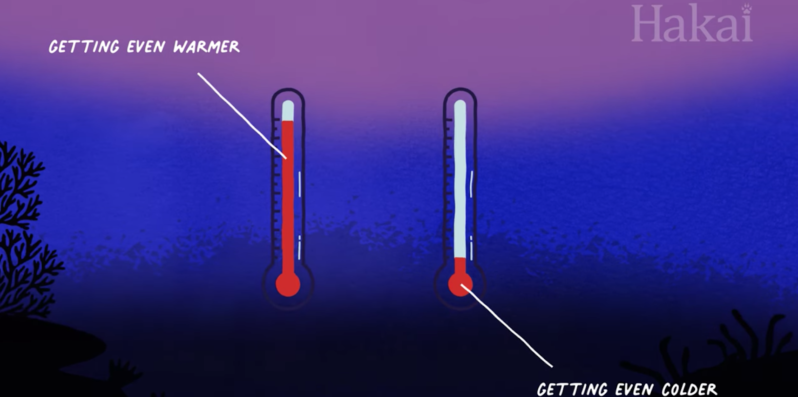
The ocean has layers that mix—sometimes. What are the layers made of? And why is it bad news when they don’t?
A River Runs above Us – Hakai Magazine
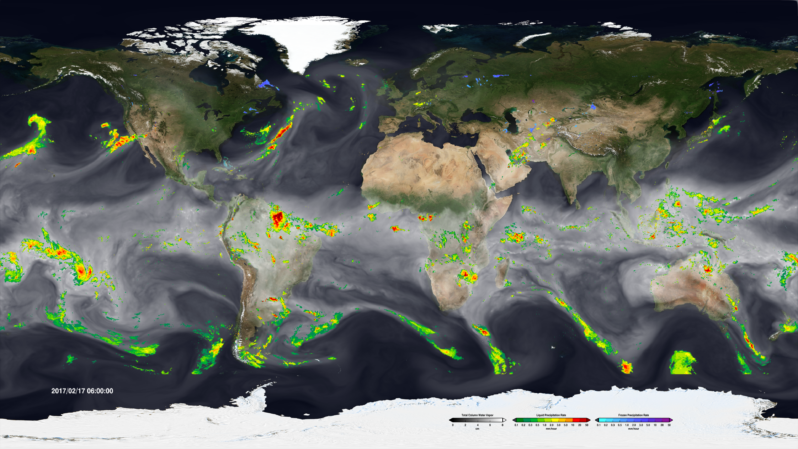
In mid-November 2021, a great storm begins brewing in the central Pacific Ocean north of Hawai‘i. Especially warm water, heated by the sun, steams off the sea surface and funnels into the sky.
A tendril of this floating moisture sweeps eastward across the ocean. It rides the winds for a day until it reaches the coasts of British Columbia and Washington State. There, the storm hits air turbulence, which pushes it into position—straight over British Columbia’s Fraser River valley….
Long Story Shorts: How Do Whales Withstand Ocean Pressure? – Hakai Institute
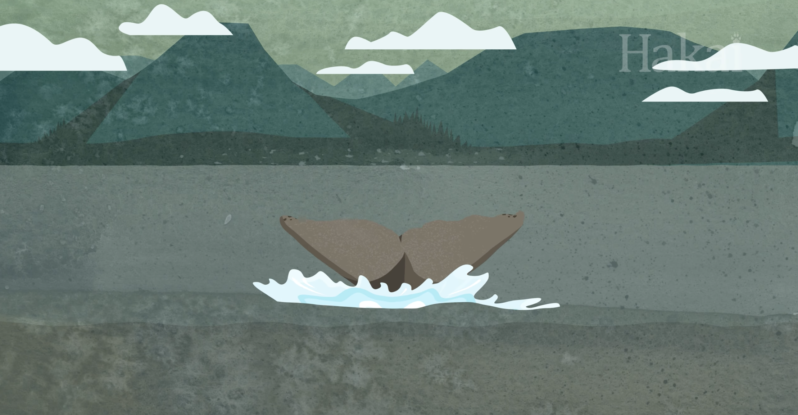
The deeper you go into the ocean, the more pressure there is to contend with. So how do deep-diving whales—air-breathing mammals like us—survive life in the deep?
Managed Retreat? Please, Not Yet – Hakai Magazine
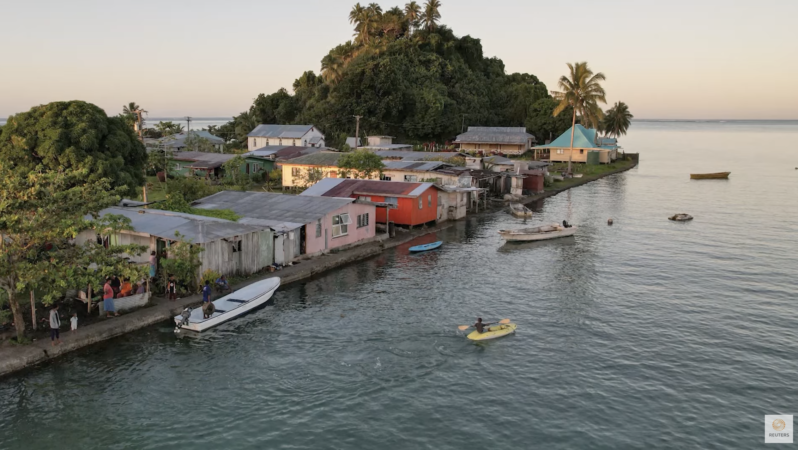
Salt water is already seeping through gardens, under homes, and among the headstones on Serua Island, Fiji. As climate change rolls on, and as the sea level continues to rise, this low-lying island off the southern coast of Viti Levu, one of the country’s two largest islands, seems like an obvious candidate for relocation efforts—and its inhabitants the latest face of climate refugees. Fiji’s national government has offered its support to help the island’s 100 or so inhabitants move. Yet almost all are choosing to stay put…
Twelve New Kids’ Beach Reads to Inspire Action and Adventure – Hakai Institute
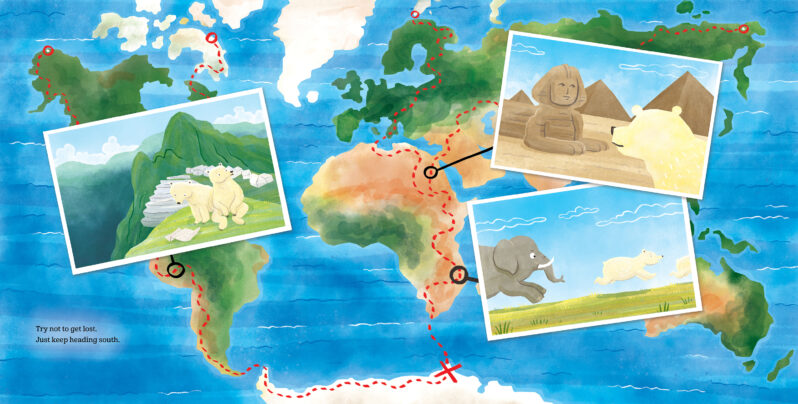
Young readers can become archaeologists, seaweed harvesters, and Arctic explorers, all through the pages of books.
One of the best antidotes to climate anxiety is climate action, and there are plenty of places to look for inspiration—including within the pages of several of this season’s new kids’ beach reads. If the tournament’s a go, I’ll be bringing them with me for the ride…
Coastal Flooding Will Be More Extensive Sooner than Scientists Thought – Hakai Magazine
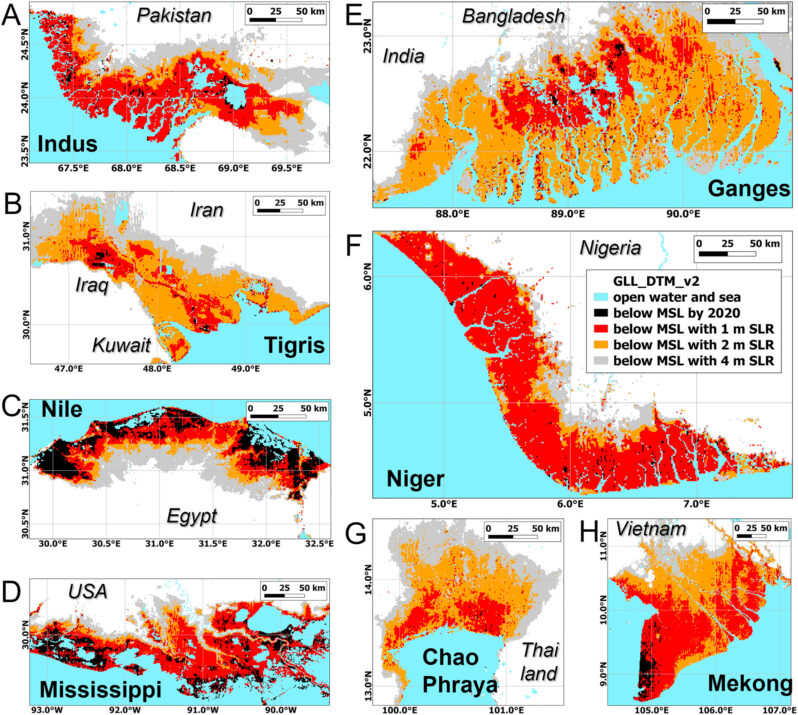
Updated, more accurate data gives a new look at the effects of sea level rise.
Around the world, communities are bracing for sea level rise: the Netherlands is stabilizing its dikes, Senegal is relocating neighborhoods, Indonesia is moving its entire capital city. These projects are hefty, expensive, and slow…
The Atlantification of the Arctic Ocean Is Underway – Hakai Magazine
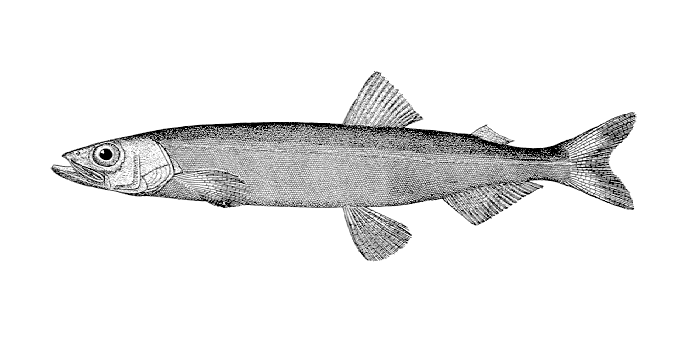
In the Fram Strait off Greenland’s west coast, Véronique Merten encountered the foot soldiers of an invasion.
Merten was studying the region’s biodiversity using environmental DNA, a method that allows scientists to figure out which species are living nearby by sampling the tiny pieces of genetic material they shed, like scales, skin, and poop. And here, in a stretch of the Arctic Ocean 400 kilometers north of where they’d ever been seen before: capelin.
And they were everywhere…
Long Story Shorts: What Causes Red Tides? – Hakai Institute
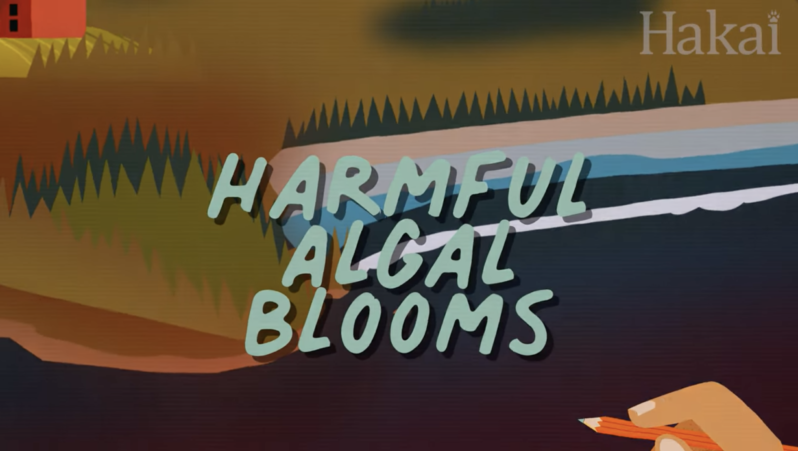
Red tides are the worst-named algal anomaly out there—they’re not always red, but these blooms of algae can be harmful to humans and other animals.
Rising Sea Levels Will Isolate People Long Before They’re Underwater – Hakai Magazine
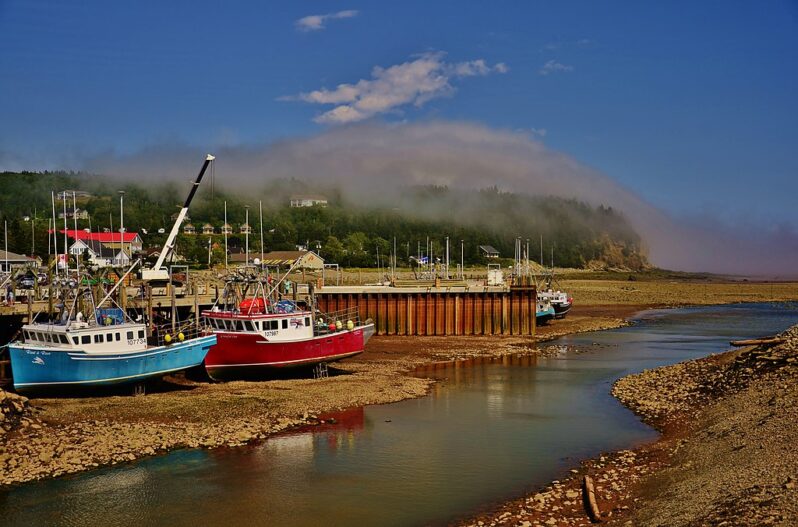
Time and tide wait for no man. Neither does sea level rise. The Chignecto Isthmus—the low marshy strip connecting New Brunswick and Nova Scotia—may be one of the most vulnerable places in Canada to sea level rise. At just 21 kilometers wide, the interprovincial land bridge is battered on its southwestern flank by the famously extreme tides in the Bay of Fundy. Protected by a network of earthen dikes first constructed in the 1600s, “the tops of the dikes are only a little higher than the spring high tides,” says Jeff Ollerhead, a coastal geomorphologist…“If we have a big storm,” he says, “water will go over the dikes.”
